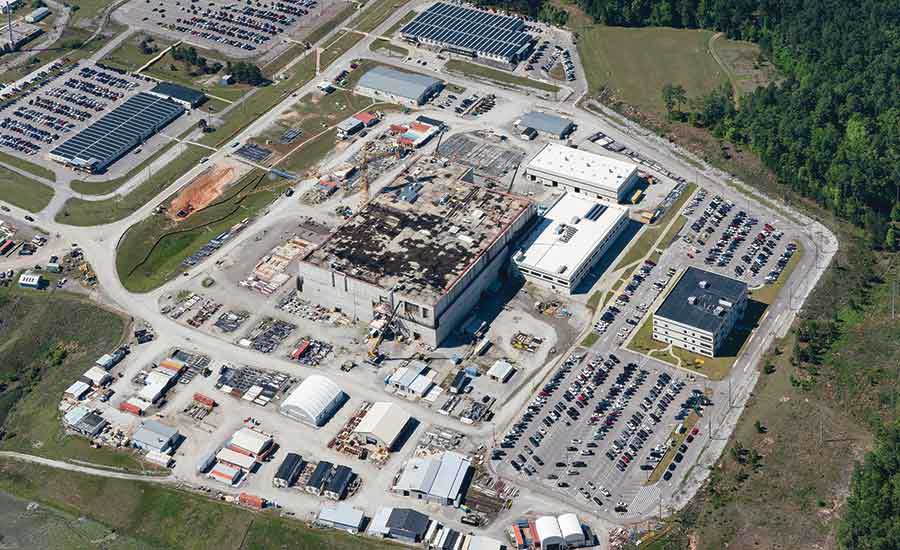Federal auditors point to project management inexperience at the U.S. Energy Dept. and its National Nuclear Security Administration as a key reason that caused the estimated final cost of the Mixed Oxide Fuel (MOX) Fabrication facility in South Carolina rose to $17.2 billion from its original $4.8-billion estimate, and its completion date extended by 32 years.
The facility, intended as a central plutonium disposal site, was scrapped in October.
DOE began the MOX project at its Savannah River former weapons site in 1997 to manage disposition of highly radioactive surplus plutonium.
In 1999, DOE awarded a contract to design, build and operate MOX to a consortium, now called CB&I Areva MOX Services. The contractor had said it could complete construction by 2029 at a total project cost of about $10 billion.
In a December report for a U.S. Senate committee, the U.S. Government Accountability Office said NNSA’s project staff failed to recognize signs that MOX would not finish on time or within approved cost, which had been pointed out in a 2014 study.
Despite DOE and NNSA “historical” difficulties on project cost and schedule control, GAO said the agencies “document [PM] lessons learned differently and that not all documented lessons learned are readily accessible to other staff.”
Its report adds that DOE does not require staff to share details for capital asset projects “until the start of construction, which can occur many years” after a project start.
GAO acknowledged DOE/NNSA past corrective steps, but said they often failed to prevent similar problems from re-emerging. Agency officials said they would issue policy changes by December to incorporate GAO’s outlined fixes.





Post a comment to this article
Report Abusive Comment